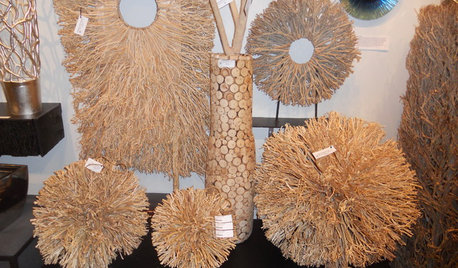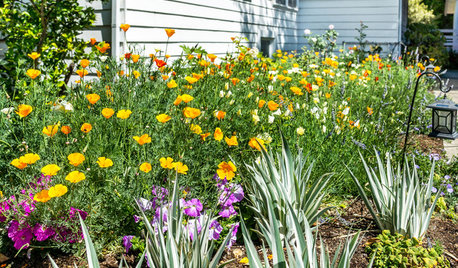Oyster shell mulch
fredfig
13 years ago
Featured Answer
Sort by:Oldest
Comments (22)
danab_z9_la
13 years agolast modified: 9 years agonoss
13 years agolast modified: 9 years agoRelated Professionals
Accokeek Landscape Architects & Landscape Designers · Paradise Landscape Architects & Landscape Designers · Pelham Landscape Contractors · Williamsburg Landscape Contractors · Wallingford Landscape Contractors · Fredericksburg Decks, Patios & Outdoor Enclosures · Bonita Decks, Patios & Outdoor Enclosures · Cape Coral Decks, Patios & Outdoor Enclosures · Fredonia Decks, Patios & Outdoor Enclosures · Parlier Decks, Patios & Outdoor Enclosures · Barrington Fence Contractors · Castle Rock Fence Contractors · La Canada Flintridge Fence Contractors · San Leandro Fence Contractors · Whittier Fence Contractorsrafed
13 years agolast modified: 9 years agodanab_z9_la
13 years agolast modified: 9 years agol_james
13 years agolast modified: 9 years agofredfig
13 years agolast modified: 9 years agooxankle
13 years agolast modified: 9 years agofredfig
13 years agolast modified: 9 years agonoss
13 years agolast modified: 9 years agodanab_z9_la
13 years agolast modified: 9 years agoeukofios
13 years agolast modified: 9 years agodanab_z9_la
13 years agolast modified: 9 years agodieseler
13 years agolast modified: 9 years agonoss
13 years agolast modified: 9 years agoeukofios
13 years agolast modified: 9 years agoeb3604
13 years agolast modified: 9 years agofigsin7b
13 years agolast modified: 9 years agowildforager
13 years agolast modified: 9 years agoyellowmoon_sbcglobal_net
12 years agolast modified: 9 years agodanab_z9_la
12 years agolast modified: 9 years agojolj
12 years agolast modified: 9 years ago
Related Stories

SHOP HOUZZShop Houzz: How Do You Like Your Oysters?
From appetizers to home decor, the oyster represents great taste in so many ways
Full Story
PRODUCT PICKSGuest Picks: Pearls Come Out of Their Shells at Home
Scatter these pearl-inspired pieces around for shine, elegance and more than a bit of glam
Full Story
GARDENING GUIDESGet on a Composting Kick (Hello, Free Fertilizer!)
Quit shelling out for pricey substitutes that aren’t even as good. Here’s how to give your soil the best while lightening your trash load
Full Story
ACCESSORIESHigh Point Market Branches Out Into Natural Decor
Branches, driftwood, shells and sustainable materials were big trends in decor items at the 2012 High Point Market. Take a peek here
Full Story
DECORATING GUIDESGo for the Glow: Mother-of-Pearl Shines Around the Home
Illuminate your interior designs with ethereally iridescent mother-of-pearl tiles, flooring, accents and more
Full Story
HOUZZ TOURSHouzz Tour: Island Living
Lush Colors and Natural Materials Create the Ultimate Hawaiian Vacation Home
Full Story
DECORATING GUIDESSourcebook: Vintage Coastal Style
We've rounded up a boatload of beachy accessories and furnishings for you to comb through, so you can focus on the view
Full Story
LANDSCAPE DESIGN10 Ideas for a Creative, Water-Conscious Yard
Check out these tips for a great-looking outdoor area that needs less water
Full Story
EDIBLE GARDENSSummer Crops: How to Grow Tomatoes
Plant tomato seedlings in spring for one of the best tastes of summer, fresh from your backyard
Full Story
GARDENING AND LANDSCAPINGBid Bad Garden Bugs Goodbye and Usher In the Good
Give ants their marching orders and send mosquitoes moseying, while creating a garden that draws pollinators and helpful eaters
Full StorySponsored
Columbus Area's Luxury Design Build Firm | 17x Best of Houzz Winner!
More Discussions






danab_z9_la